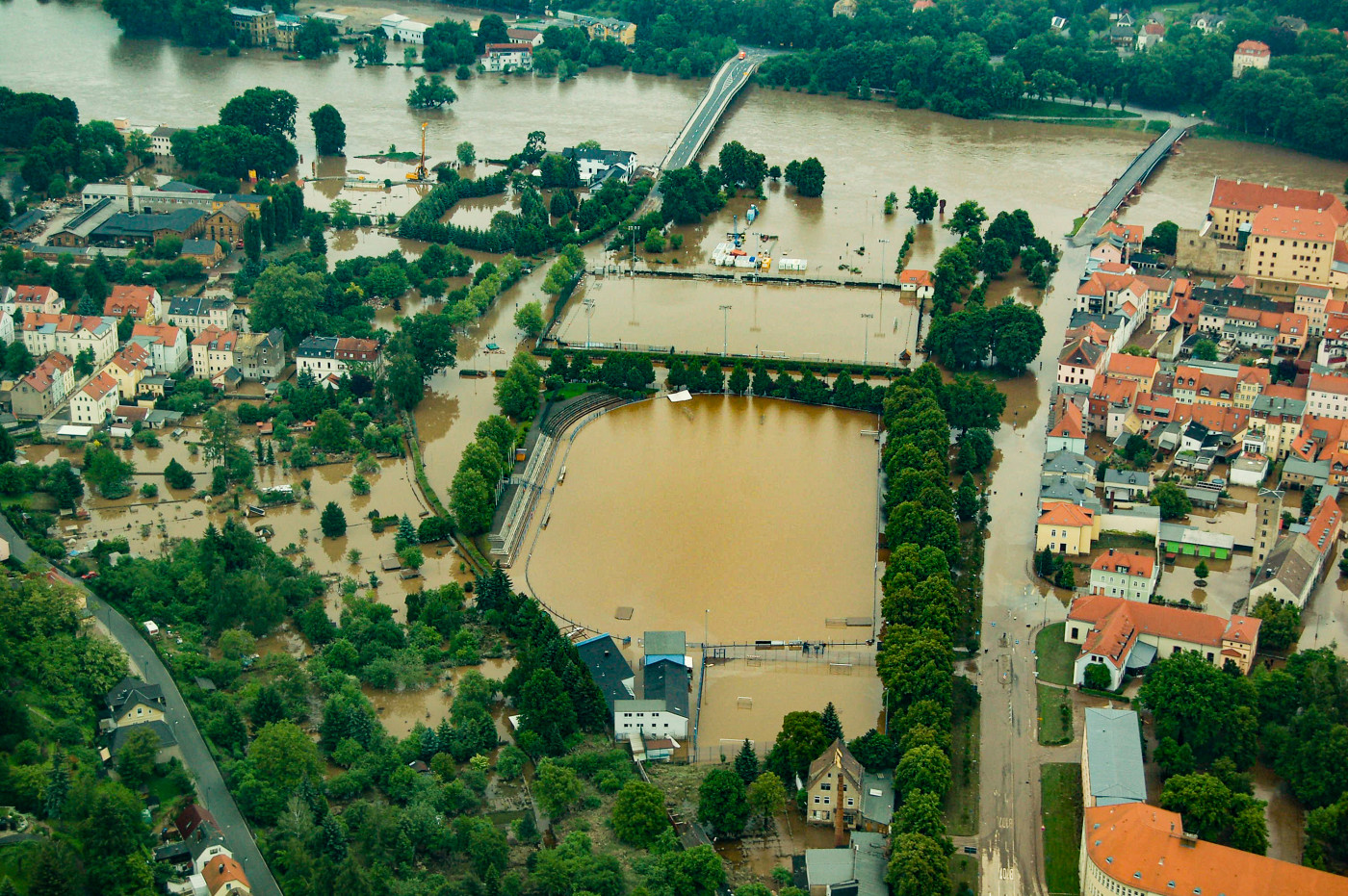
Floods affect more people worldwide than any other natural hazard and the global expected annual flood loss in the built environment has been estimated to more than USD 100 billion (GAR, 2015).

Flood damages are expected to increase substantially due to a combination of socio-economic and climatic changes (Dottori et al., 2018). Risk reduction requires to understand the generation and impact of floods. This understanding can only be achieved by a more integrative view on single processes and controls of flood. A comprehensive exploration and analysis of existing data across disciplines is required by integrating data on physical, biogeochemical, engineering, and human processes. This need is not only true for flood events but also for many other events like droughts, earthquakes or landslides.
We took flood events as one example to prove how concepts and technologies from computer and data science can support the investigation of events from a more interdisciplinary, holistic view. We developed scientific workflows, analysis methods, interactive visual interfaces, and a data analytics software framework to integrate, explore, and analyse a variety of data from different sources. We integrated the workflows, methods and visualizations into the Digital Earth Flood Event Explorer to investigate flood events along the process chain event generation, evolution and impact.
Links
References
- UNISDR. (2015). GAR2015 - Global Assessment Report on Disaster Risk Reduction.
- Dottori, F., Szewczyk, W., Ciscar, J.-C., Zhao, F., Alfieri, L., Hirabayashi, Y., Bianchi, A., Mongelli, I., Frieler, K., Betts, R. & Feyen, Luc. (2018). Increased human and economic losses from river flooding with anthropogenic warming. Nature Climate Change. 8. 10.1038/s41558-018-0257-z.